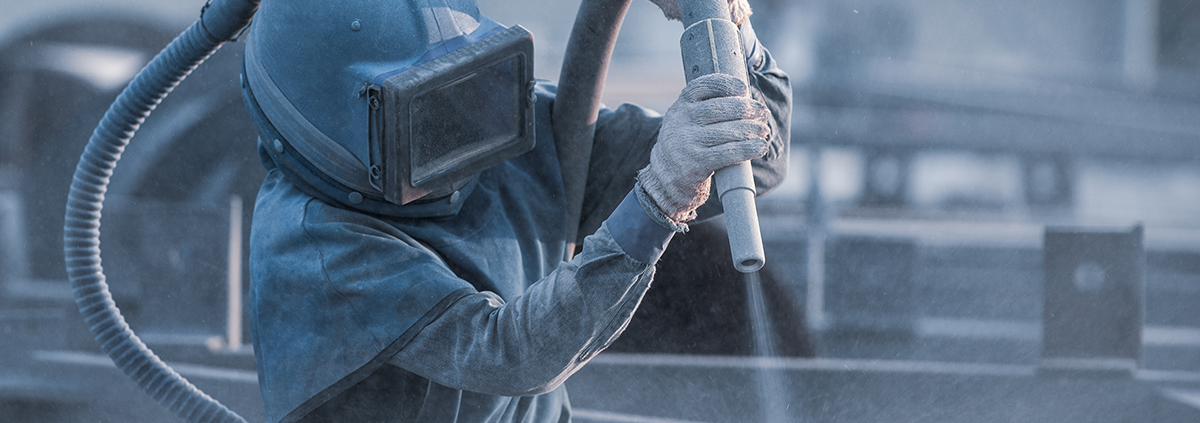Preparing metal after Dustless Blasting
What Is Dustless Blasting ?
Dustless Blasting is undoubtedly the future of surface preparation, as it offers a clean, efficient and cost-effective method of cleaning various metals. However, some people remain skeptical about its effectiveness, believing that flash rusting will occur soon after blasting, leading to more work being done. But, this is not the case, and here's why:
One of the most significant advantages of Dustless Blasting is that it utilizes Rust Inhibitor, which is specially formulated for the Dustless Blasting process and machines. This product prevents flash rust for up to 72 hours and enhances paint performance, improves coating adhesion, and is non-toxic, biodegradable and non-hazardous. By following four simple steps, a perfect paint-ready surface can be achieved.
How To Prepare For Dustless Blasting On Metal
First, blast with Rust Inhibitor Treated Water. This process cleans the metal while preventing it from being embedded with chlorides. Next, rinse the metal with Rust Inhibitor Treated Water at a ratio of 1.3 oz per gallon. Thirdly, remove standing water from the metal to allow it to dry completely, using something like an airline can quickly remove any standing water from the metal. Finally, avoid re-contamination. Dirt, body oil, and moisture can cause rust, so ensure you wear clean rubber gloves when handling the metal and keep it away from causes of additional moisture (like morning dew) if left out overnight.
In conclusion, with Rust Inhibitor, flash rusting does not have to occur when Dustless Blasting. Although Rust Inhibitor won't prevent rust from ever occurring, it gives you up to 72 hours to be ready to prime and paint, making Dustless Blasting the ultimate solution for surface preparation.



Leave a Reply
Want to join the discussion?Feel free to contribute!